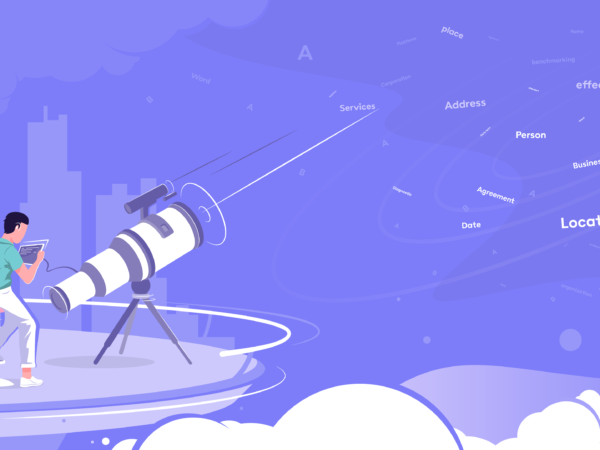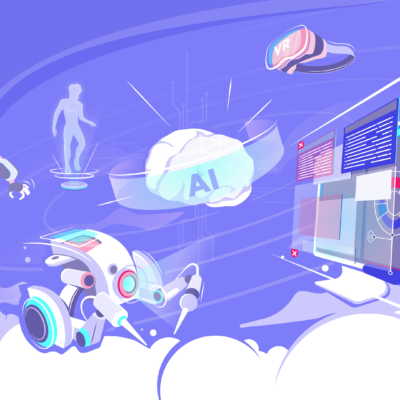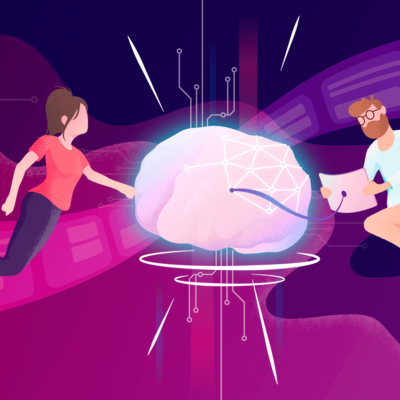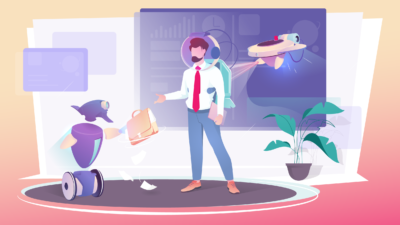Human interaction is the major driving force of life, development, and innovation. Natural Language Processing (NLP) is a new technology of achievement and the primary tool that bridges the gap between the machine’s understanding of how people speak in real life.
Sometimes, it is even complicated for the people who speak the same language to understand each other because of the dialect or other specifics of pronunciation. NLP is a technology of achievement because it can interpret text and speech in real-time, acknowledging that we, humans, use abbreviations, slang from Urban Dictionary, and misspell even simple words all the time. This method is mostly used in apps, software powered by artificial intelligence, and goes hand in hand with Machine Learning.
Let’s get into detail about how the computers and apps ‘understand,’ process, and generate feedback to the human-like speech and text.
What is NLP, NLU & NLG
Natural Language Processing is usually confused with Natural Language Understanding and Natural Language Generation. To be frank, to get NLP to work, the specialist needs to cover both NLU and NLG.
Let’s break these three down for greater understanding and see what they are used for:
- Natural Language Understanding is a branch of NLP that is responsible for ‘reading’ the input text. It is used for entity detection, sentiment detection, simple profanity filters, and topical classification — basically, the grammar and the context.
- Natural Language Generation means that machines and devices generate language themselves, without human interaction. This process is built upon converting structured data into text.
- Natural Language Processing covers the central part — it takes the text or the audio recording and turns it into structured data, which can be understood by the machines.
Semantics, Context, and Syntax
In order to understand NLP techniques, we have to realize how language works in humans’ daily lives. That is why IT-specialists either group with language experts or are partially linguists themselves. Thorough language research must be conducted to make the software fully functional and applicable to the target audience. This is precisely what Phase One Karma did while developing a plagiarism checker Unicheck, our former product. We liaised with the teachers, students, and university professors to see what kind of language we are aiming for and looked to train the algorithm to do exactly that.
Typically, there are three visible features to any text: semantics, context, and syntax.
- The syntax is the way the sentence is structured. It is no secret that writers and journalists have different ways of expressing their thoughts and creativity on one topic while using the same words. Now the computers know that too.
- Semantics is a study of linguistics that is all about getting that definition right. The word ‘band’ can either mean ‘a music group’ or ‘a ring,’ and the accurate description depends on the context which the machine also needs to get a whiff of.
- Context is, perhaps, the most complicated one to teach the machine. The true meaning always depends on the tone, implications of sarcasm, the speaker’s mood, or attempts to joke.
Inseparable: NLP and Machine Learning
Machine learning for NLP is a part of ‘narrow’ artificial intelligence. ML and NLP go hand in hand because data scientists set up the use of ML algorithms to comprehend the meaning of the typed text (from the social media posts to medical documents). We refer to the idea that ‘machine learning’ is actually ‘machine teaching’ because unlike the computer, the specialists know what the computer has to learn.
ML is essential in creating insights and organized data that will be used to improve the features of text analysis. Such the end-product is the ML model, which changes and builds up knowledge when more learning is received.
NLP is yet to see its biggest rise
The capabilities of NLP machine learning are not explored even by 50% yet. New mechanisms and ways of application are created each year, and this technology of achievement shows terrific results.
However, NLP faces three main problems, and once the gurus overcome those, the technology will reach its fullest potential.
Issue #1. Natural Language Understanding is not capable of understanding everything correctly all the time. Yes, the degree of understanding depends on the teaching, and that is the fundamental problem. To make the algorithm unbiased, the person who teaches it has to be unbiased. However, neutrality is never impartial enough. Plus, when we count the emotion in, the existing algorithms cannot catch those too.
Issue #2. Reasoning about large, information-heavy documents and multiple contexts. It may be getting easier for the algorithm to determine the right context, but it is still unlikely to detect various contexts at once (‘Shantaram’ book is a great example).
Issue #3. The existing NLP technology shows some great results in understanding human-like language, but it mostly refers to the most spoken languages on the planet. What is there to do about so-called low-resource languages, which are scarce and locally used?






